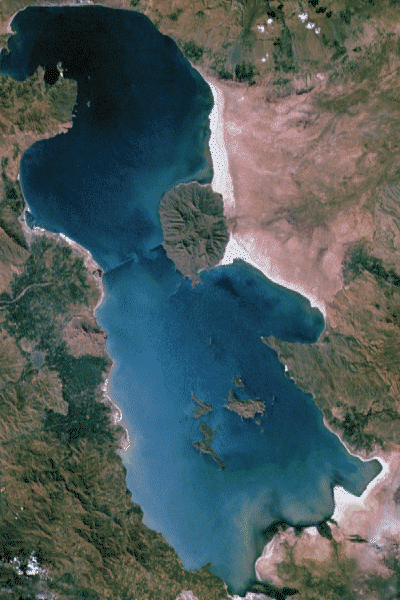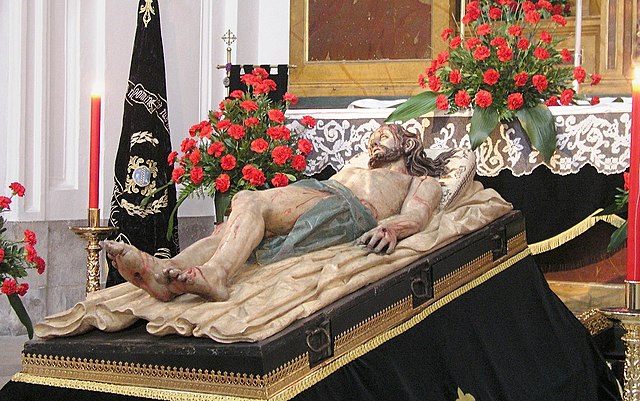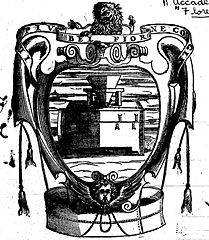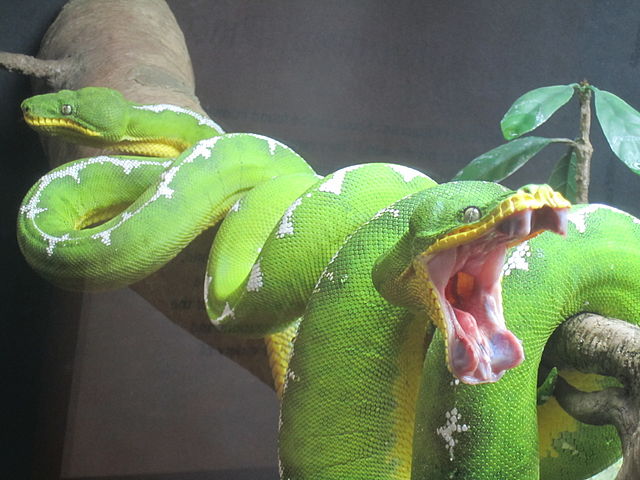We just learned about the
Younger Memnon statue.
Another Egyptian sculpture is the
Pendant of Osorkon II.
Through the years of the Egyptian empire, there were many myths about different gods.
The stories about how they looked and who they were changed for many years.
Like for a while Horus was the brother of Isis and Osiris, but then later the stories changed and Horus was the son of Isis and Osiris.
When people started making sculptures of them people decided on what each character would look like, so that when you saw a sculpture you know which person it was, and the stories didn't change as much after that.
This is a sculpture of Horus, Osiris and Isis.
Horus has a falcon's head, Osiris has a feathered tiara, and Isis has a horned disk.
There are markings on the statue showing that it was made for the Pharaoh Osorkon II, and was probably in his temple somewhere.
In those days the Pharaoh was very powerful, and people believed the Pharaoh would become part of the mythology after his death.

(from: wikipedia -
art of ancient egypt)
Kid Facts - Blast from the past: Bethlehem Mural - Banksy







